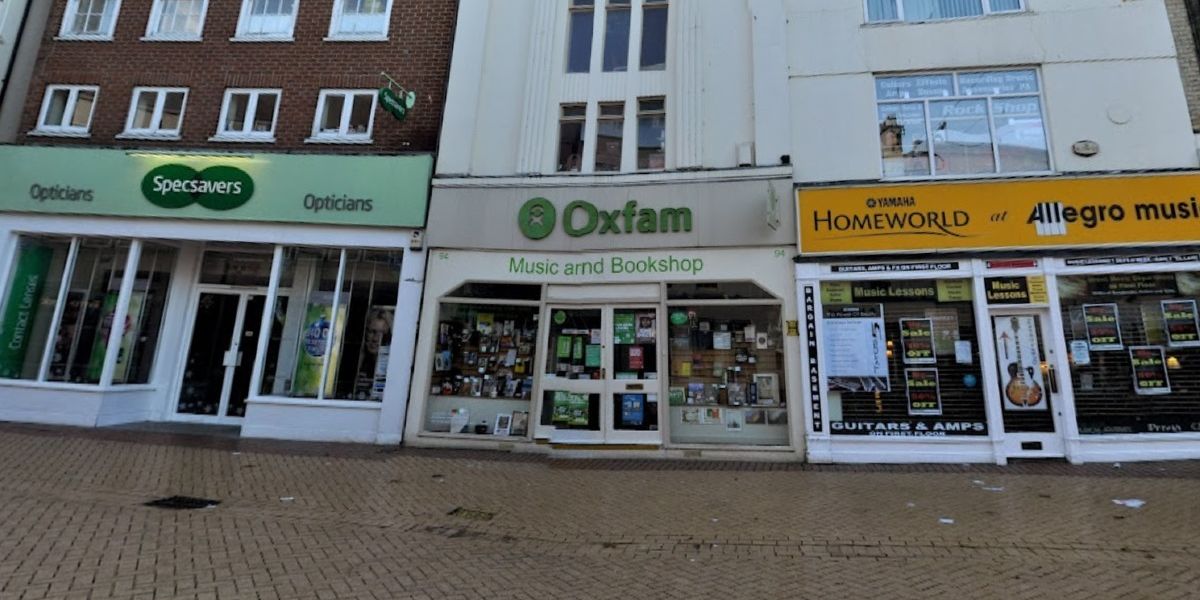In this haunting and unusual story, Anthony Fennell is an Irish author who augments his modest income from his novels by writing features for online publications. He is sensitive to people and places, and, travelling on assignments across the world, takes his troubles with him – including a drink problem. His wife left him years ago and, though he has grown to accept the split, he knows that he has sorely missed out by failing as a father.
A new assignment sends Fennell to South Africa to join the crew of the Georges Lecointe, a cable repair vessel owned by a telecommunications company based in Brussels. Before boarding, he arranges to meet the mission chief of the ship’s expeditions, John Conway. At a house in Cape Town, he also meets Conway’s partner, an African actress named Zanele, who is about to leave for the UK to appear in a Samuel Beckett play.
Conway is from the start an enigmatic figure, whose diffidence belies his love for Zanele; with Fennell, he is alternately offhand and aloof, preoccupied with work once they set sail. There is urgency to the job: broken cables, severed by underwater rocks, detritus or human sabotage, have large-scale effects, from hospitals to homes.
A novice sailor, Fennell is seasick for days as the ship sails 2,000 miles north in search of a broken cable off the Democratic Republic of Congo. Then comes news that Zanele has been attacked in the middle of a performance; a disturbed man has thrown hydrochloric acid that leaves her scarred. The Georges is too far out for Conway to be helicoptered off, and the voyage cannot be aborted when broken cables have left millions of people cut off from the internet. As Conway struggles to focus on the tasks at hand, it becomes clear to Fennell that, even before the attack, Zanele’s trip to England was the prelude to her ending the relationship with Conway.
The details of retrieving and fixing the broken cables are described with fascinating precision, but there are also many rich descriptive similes, both on land and at sea, including of a hotel in Cape Town, “cream coloured. Reminiscent of wedding cake left out a little too long”. Fennell’s candour extends to himself. Criticized by Conway, he notes: “I tend to smile when wounded: it is a bizarre tic, admittedly, one of my more awkward responses”.
The efficiency with which the ship’s work gets done precludes any conventional suspense arising from its mission, but the focus is in any case on Fennell’s efforts to understand the perplexing Conway. And through this we see him gradually re-engage after so many years of dissolution and detachment. Conway has no such solution available. When safely back in port, he disappears. We know enough by then to sense that renewal will elude him.
The post Life at sea appeared first on TLS.

 By Times Literary Supplement | Created at 2025-03-26 14:07:35 | Updated at 2025-04-04 05:10:32
1 week ago
By Times Literary Supplement | Created at 2025-03-26 14:07:35 | Updated at 2025-04-04 05:10:32
1 week ago







